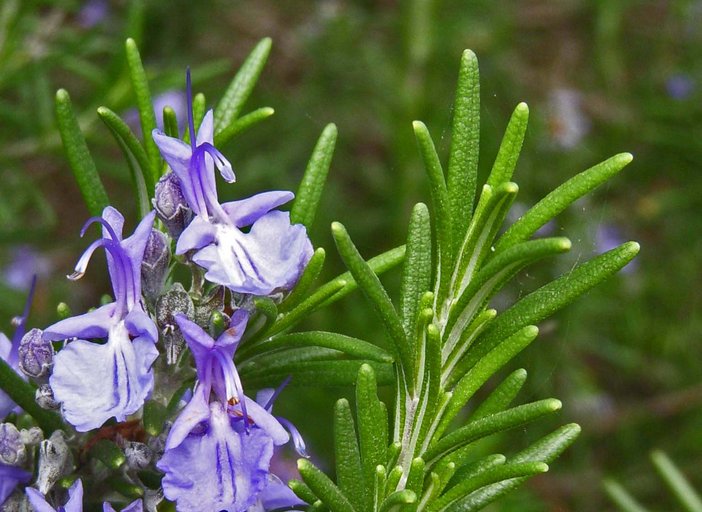 The preference for certain houseplants is subject to change. As in human life in general, fashion also plays a significant role in plant lovers. What was admired and desired decades ago, often don't like it anymore. Not least due to the changes in living style, the preference for certain flowers also changed- and foliage plants. From the living plant decorations in the apartments of our great-grandparents, which were furnished with plush furniture and gloomy window curtains, in which the big ones, stiff palms (often even artificial specimens!), dracaenas and laurels were preferred as magnificent decorative pieces, is in our light, Hardly anything to be found in modern rooms. A number of well-known plants of the farmers- and civic offices, of which only the indestructible "cobbler's palm" (Aspidistra) and the no less undemanding "butcher's palm" (.Aucüba) be named, was able to survive the change in taste thanks to its special properties and advantages. Also rubber tree, Fensterblatt, room aralie, indoor fir, Lime and ivy as well as the ornamental asparagus species are still very popular.
The preference for certain houseplants is subject to change. As in human life in general, fashion also plays a significant role in plant lovers. What was admired and desired decades ago, often don't like it anymore. Not least due to the changes in living style, the preference for certain flowers also changed- and foliage plants. From the living plant decorations in the apartments of our great-grandparents, which were furnished with plush furniture and gloomy window curtains, in which the big ones, stiff palms (often even artificial specimens!), dracaenas and laurels were preferred as magnificent decorative pieces, is in our light, Hardly anything to be found in modern rooms. A number of well-known plants of the farmers- and civic offices, of which only the indestructible "cobbler's palm" (Aspidistra) and the no less undemanding "butcher's palm" (.Aucüba) be named, was able to survive the change in taste thanks to its special properties and advantages. Also rubber tree, Fensterblatt, room aralie, indoor fir, Lime and ivy as well as the ornamental asparagus species are still very popular.
Some of today's potted plants, such a diverse range of indoor plants was not in horticultural culture a few decades ago or was not offered in the quantities and at the prices, that they could find general distribution.
So did the bride- or lilac primrose (Primula malacoides Franch.), an inconspicuous pale lilac-flowering weed of the rice fields of China, gained general popularity and spread in an amazingly short time and is now an integral part of our range of winter-flowering potted plants, after horticultural breeding succeeded since the turn of the century, those grown today, rich-flowering and large-flowered varieties. Also the first 1928 Kalanchoe imported from Madagascar (Kalanchoe blossfeldiana v. Poelln.) is already one of the pot plants, that we no longer want to miss. Even after flowering, which extends over many weeks, the succulent plant acts through its fleshy, adorning glossy green leaves.
